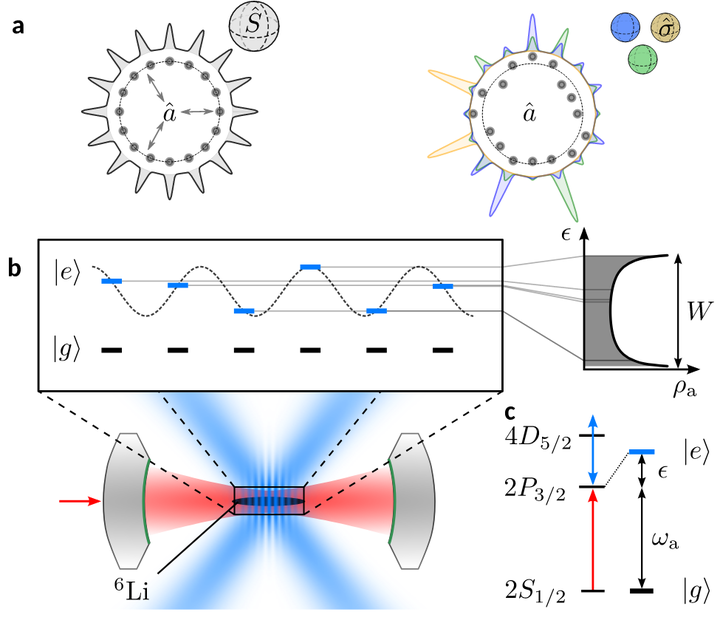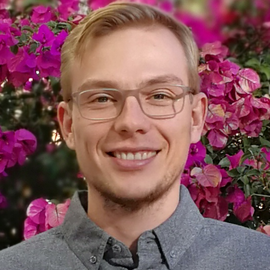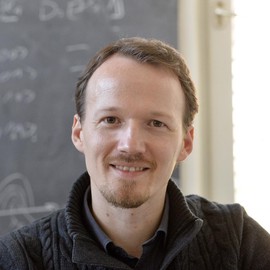Engineering random spin models with atoms in a high-finesse cavity

Abstract
All-to-all interacting, disordered quantum many-body models have a wide range of applications across disciplines, from spin glasses in condensed-matter physics, over holographic duality in high-energy physics, to annealing algorithms in quantum computing. Typically, these models are abstractions that do not find unambiguous physical realisations in nature. Here, we realise an all-to-all interacting, disordered spin system by subjecting an atomic cloud in a cavity to a controllable light shift. Adjusting the detuning between atom resonance and cavity mode, we can tune between disordered versions of a central-mode model and a Lipkin-Meshkov-Glick model. By spectroscopically probing the low-energy excitations of the system, we explore the competition of interactions with disorder across a broad parameter range. We show how disorder in the central-mode model breaks the strong collective coupling, making the dark state manifold cross over to a random distribution of weakly-mixed light-matter, ‘grey’, states. In the Lipkin-Meshkov-Glick model the ferromagnetic finite-size ground state evolves towards a paramagnet as disorder is increased. In that regime, semi-localised eigenstates emerge, as we observe by extracting bounds on the participation ratio. These results present significant steps towards freely programmable cavity-mediated interactions for the design of arbitrary spin Hamiltonians.
Published 4 May 2023


